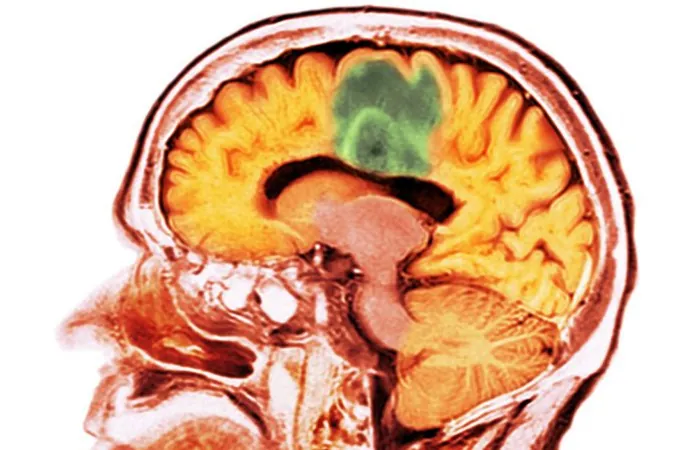
Scientists Unveil Revolutionary Target to Combat Glioblastoma: ADAR1
2025-09-05
Author: Yu
Breakthrough in Aggressive Brain Cancer Research
In a groundbreaking study by researchers at Ludwig Cancer Research in Lausanne, Switzerland, a game-changing target for glioblastoma multiforme (GBM)—the most aggressive form of adult brain cancer—has been identified. Published in Cell Reports, their findings reveal that disrupting a single protein, ADAR1, can significantly slow tumor growth while rejuvenating the immune response against the disease.
A New Hope for Patients
Dr. Johanna Joyce, a professor of oncology at the University of Lausanne, emphasizes the potential of this approach: "This study provides proof-of-concept for a novel strategy to tackle GBM—activating the body’s innate defenses like a virus-fighting machine aimed at the tumor." Currently, glioblastoma treatment involves surgery, radiation, and chemotherapy, yielding only marginal benefits and a disheartening average survival rate of just two years.
Unlocking the Mystery of ADAR1
The researchers discovered that ADAR1, an RNA-editing enzyme, plays a crucial role in helping cancer cells, including those in glioblastoma, evade detection by the immune system by suppressing inflammation. In normal cells, ADAR1 modifies double-stranded RNA to prevent autoimmune reactions, but in cancerous cells, it is exploited to hinder immune response.
The Power of Disabling ADAR1
Experiments using mouse models of GBM and human cancer cells demonstrated that silencing ADAR1 disrupts cancer cell proliferation and extends survival rates in mice. By genetically removing ADAR1, researchers found profound impacts on cancer cell growth and a beneficial reprogramming of the immune landscape, characterized by increased levels of activated T cells and natural killer cells, while decreasing suppressive immune populations.
A Two-Pronged Attack Against Tumors
This dual action of targeting ADAR1 could address critical challenges in treating glioblastoma, namely the tumor's heterogeneous nature and its methods of immune evasion. Dr. Álvarez-Prado, co-lead author and translational cancer immunogenomics lab leader, notes that this approach could revolutionize treatment by effectively targeting various glioblastoma types without harming healthy cells.
From Research to Reality: The Next Steps
While this discovery shines a light on a promising future for glioblastoma treatment, significant work remains. Currently, there is no pharmacological inhibitor of ADAR1 capable of crossing the blood-brain barrier, and researchers must develop advanced humanized models to better replicate the tumor microenvironment.
Broad Implications Beyond Glioblastoma
The implications of this discovery might extend beyond glioblastoma, as ADAR1 and interferon pathway disruptions are implicated in various cancers. By paving the way for innovative therapies, this research could change the landscape of oncology, offering hope to countless patients battling aggressive cancers.




 Brasil (PT)
Brasil (PT)
 Canada (EN)
Canada (EN)
 Chile (ES)
Chile (ES)
 Česko (CS)
Česko (CS)
 대한민국 (KO)
대한민국 (KO)
 España (ES)
España (ES)
 France (FR)
France (FR)
 Hong Kong (EN)
Hong Kong (EN)
 Italia (IT)
Italia (IT)
 日本 (JA)
日本 (JA)
 Magyarország (HU)
Magyarország (HU)
 Norge (NO)
Norge (NO)
 Polska (PL)
Polska (PL)
 Schweiz (DE)
Schweiz (DE)
 Singapore (EN)
Singapore (EN)
 Sverige (SV)
Sverige (SV)
 Suomi (FI)
Suomi (FI)
 Türkiye (TR)
Türkiye (TR)
 الإمارات العربية المتحدة (AR)
الإمارات العربية المتحدة (AR)